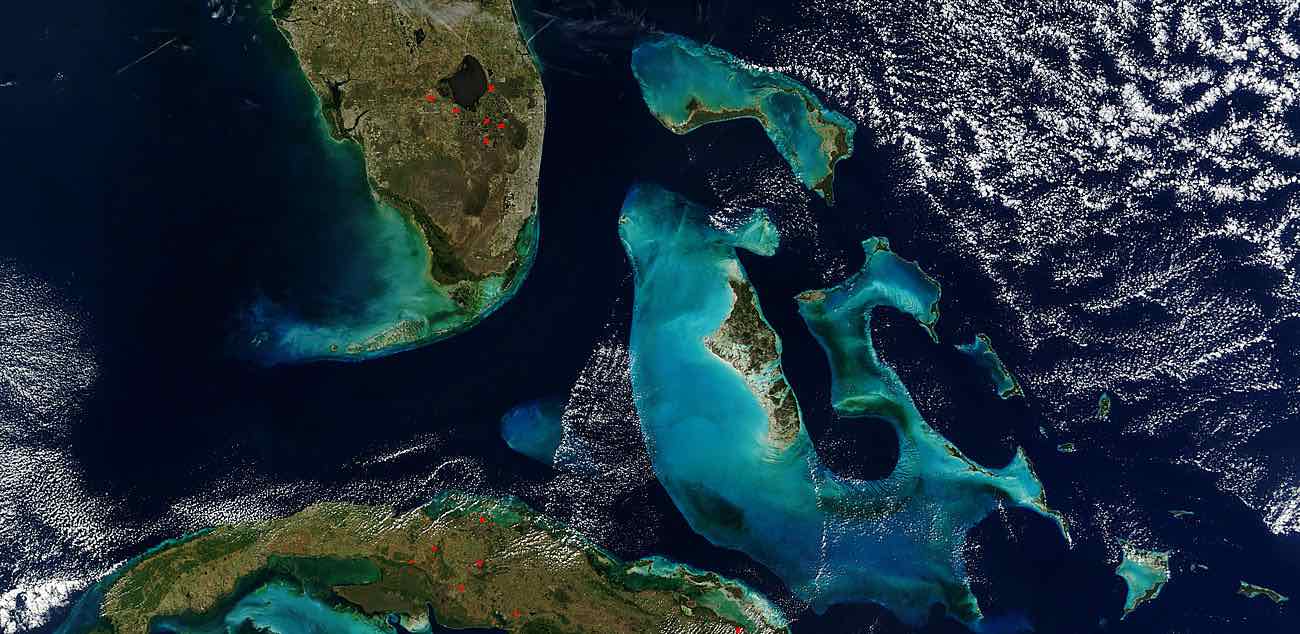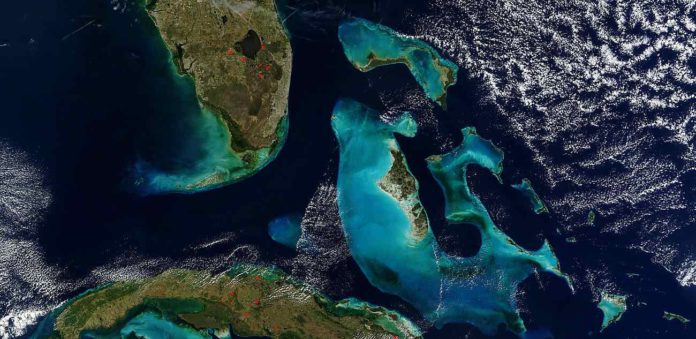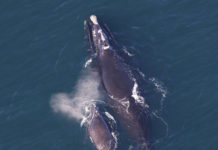
45 years ago today, The Bahamas became a fully independent nation after 344 years of colonial British rule. The archipelago consists of more than 700 islands, cays, and islets in the Atlantic Ocean, and is located north of Cuba and southeast of Florida.
With Nassau its capital and a distinctive black, gold and aquamarine flag, the country still retains an allegiance to the British Queen as its head of state and is the third richest country in the Americas (following the United States and Canada), with an economy based on tourism and finance.
Long before Britain’s House of Lords voted to bestow independence to the Bahamas, slavery there had been abolished. After the ban in 1834, the Bahamas became a haven for freed African slaves. The Royal Navy resettled Africans there who were liberated from illegal slave ships and other ships that reached the islands due to weather…. Why is the water so blue? See below (1973)
Underwater features are actually more striking than surface features in this NASA satellite photo. Several famous ‘Banks’ in the Bahamas, which are shallow coral reefs that reflect light through the ocean, show up as bright blue. The ocean becomes suddenly deep on the western edge of the Grand Bahama Bank, and beyond the Little Bahama Bank, where it becomes an inky black. Coral reefs are also visible around the Florida Keys and in the Golfo de Batabanuth of Cuba. Near land, sediment may also be coloring the water. Like coral reefs, sediment reflects light through the water, giving it a bright color. Learn more about how they were formed, here, and enjoy another great photo.
…










